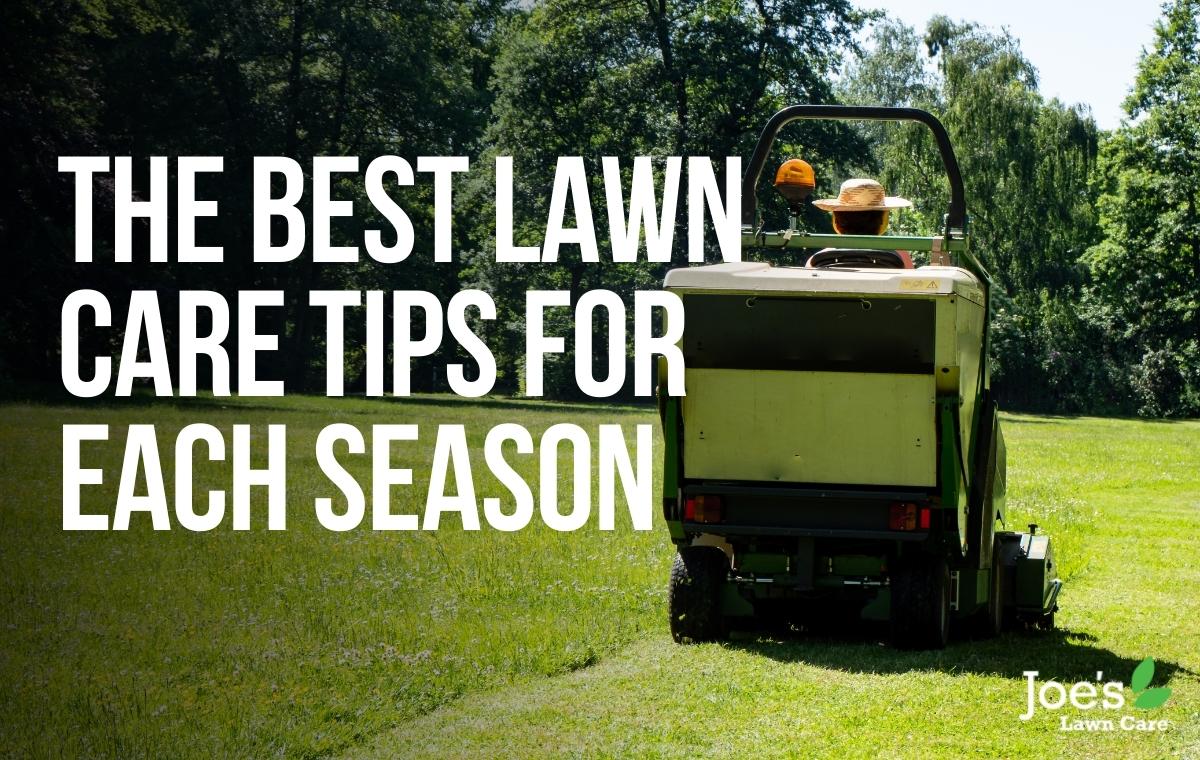The Best Lawn Care Tips For Each Season
A lot of things in life are seasonal, such as brussel sprouts, cricket and your partner’s favourite Netflix show (thank goodness!). But then other things are the opposite, and lawn care is one of those things. That’s because growing a healthy, lush, beautiful lawn requires a year-round effort.
Yepp. Understanding what your lawn needs from you during each season is essential to making sure it is the postcard-perfect centrepiece of your garden. Translation: simply mowing it during the summer months isn’t going to cut it (excuse the pun).
It’s about caring for your lawn in the correct ways throughout each month of the year. Understanding when to apply the basic treatments for the best results. Essentially, it’s about planning and preparation, and then putting those plans into practice.
So without further ado, here’s our top lawn care tips for each season.
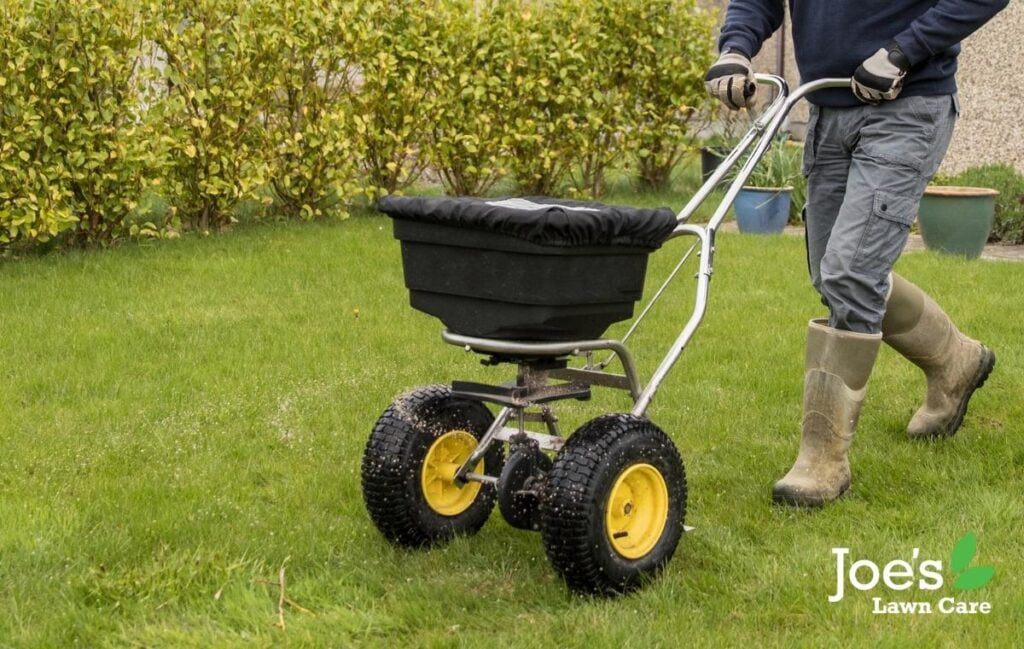
Spring Lawn Care Tips
When it comes to your lawn, spring time is go time. Aka: growing season. That time of the year when your lawn comes out of hibernation. Soaks up the sunshine and begins to grow deep roots and a strong sward. The trick is encouraging your turf to be as strong and healthy as possible. So that it can protect itself from diseases, weeds and infestations.
This starts with a late-spring fertilising session. That’s not to say there’s anything wrong with feeding your grass earlier. Although if you hold off until late-spring your lawn will be able to digest those much-needed nutrients in a more effective way. It’ll sett you up for a hassle-free year of lawn care.
As a general rule of thumb, you want to try and wait until at least a month into spring before you apply your organic fertiliser. Preferably one that combines potassium and nitrogen in a slow-release formula. That’s because there are no risks of you burning your grass or harming the environment.
What’s more, springtime is when there tends to be a lot more moisture hanging about in your grass plants. Thanks to the heavier rainfalls and snowstorms that come with the winter months, so you can hold off watering your lawn until the soil is super-dry. So instead of setting up your sprinklers and watering your grass, spend this time replenishing any patches of turf that require a little help by overseeding any bald spots., This should be enough time for them to recover in time for summer.
And last but not least on the spring lawn care front, now is the time to do a bit of pest and weed control. Quite simply, your lawn will be feeling a little weak in those post-winter months, making it the prime time for weeds and pests to stake their claim to your lawn. So get a jump on them by applying pre-emergent herbicides and make the summer easier for yourself.
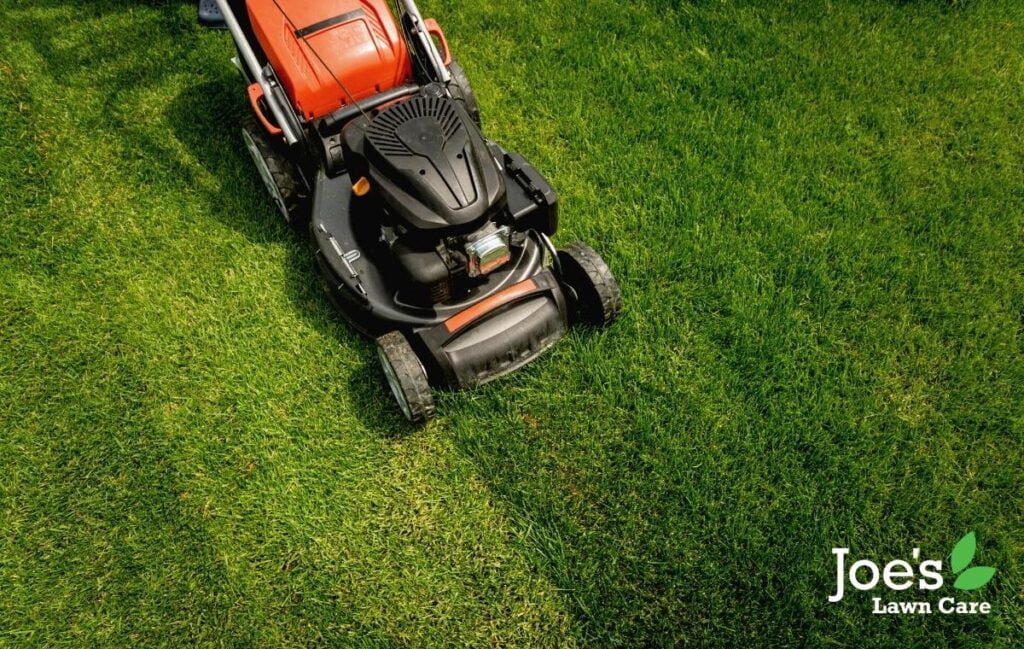
Summer Lawn Care Tips
It’s time to dust off your mower, yank on that starter cord and get into the habit of mowing because summer’s main focus will be mowing your lawn correctly.
This starts with setting your mower’s deck to the right height. Which is between 3 and 3½ inches high. The reason for this is simple: lawns that are carefully kept at this height through the summer are way more likely to develop a deeper root system. That is essential to both your lawn’s health and it’s ability to protect itself from nasties. It’s also crucial to never chop off more than a ⅓ of your grass in one mowing session. Why? Because you risk inviting infection and disease to your lawn.
To do this, try not to be overly keen on the amount of times a week you get your mow on. A weekly mowing session should be plenty for anyone that wants a neat-looking lawn, while sticking to the ⅓ rule.
As for watering your lawn in the summer, it’s time to set up your sprinklers and unfurl your hose. But don’t water little and often; water deeply. That way the water is able to soak deeper into your soil. It is crucial for developing healthy roots. The other thing worth noting is timing. Try to either water first thing in the morning or late in the afternoon. That way your lawn can absorb the water before it gets evaporated by the midday sun.
In terms of summertime weeds, hand-pulling them is your best option. That way you’re taking them out at the root. By doing that it should take care of almost-all of the problems they cause. If you’re a tad overrun with weeds, however, you can always apply a post-emergent herbicide as a backup plan.
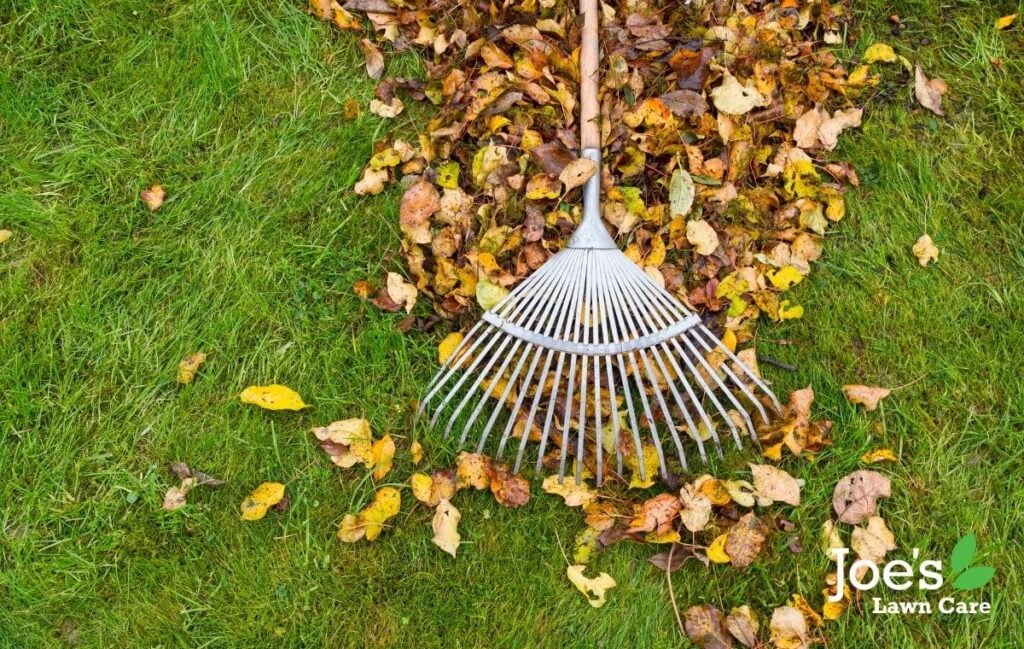
Autumn Lawn Care Tips
At this time of the year, winter is well and truly on the horizon. But it’s not here yet, which gives you a chance to use the mild temperatures and set your lawn up for a successful winter. And it all starts with dethatching.
After a summer of using your lawn a lot, you will find a build-up of grass, leaves and other organic debris that has created a matted layer on top of your soil. This layer of thatch will prevent air, water and nutrients from getting to the soil and your roots. So to get rid of this, your best option is scarification.
After that, running a core aeration machine across your lawn will help breakup your soil, which will be heavily compacted after so much use through the summer months. Essentially, what this does is create holes that allow water, air and nutrients to get down deeper to where your roots are. As well as stopping any rainfall from waterlogging your lawn.
And lastly, make sure you remove as many of the fallen leaves from your lawn as possible. This could be done with a rake, a leaf blower or a mulching mower, whatever you prefer. Whichever option you go for, by removing these fallen leaves, you’ll be helping your lawn get some much needed sunlight. And reducing the chance of a thatch build-up.
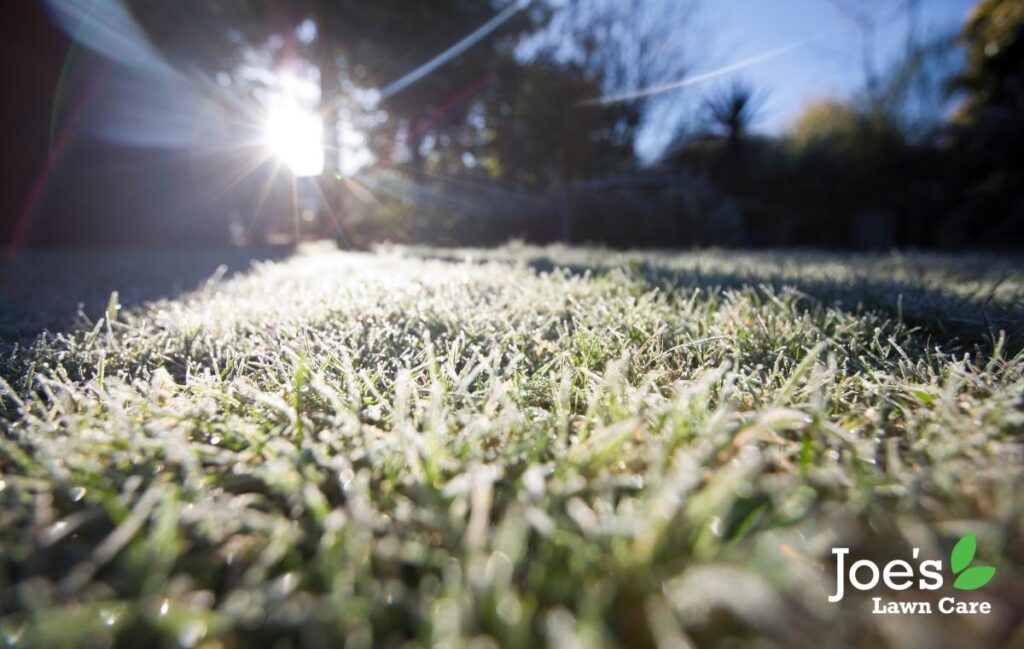
Winter Lawn Care Tips
Winter lawn care is based on a lot of factors, from the conditions where you live to the weather conditions of that specific year. Some years, when the cold weather is especially harsh, there won’t be a lot you can do to help your lawn, which is what makes caring for your lawn in the other seasons so important.
On top of planning ahead and completing all of your lawn care tasks before the first deep freeze, the best thing you can do is respect your lawn with some simple measures. For instance, don’t walk on your lawn when the grass is frozen or you’ll seriously harm each snapped blade, don’t walk across it when the soil is wet or you’ll cause compaction when it dries and don’t be afraid to mow it if the weather is mild, just never mow your lawn when it’s wet.
As for snowfall, this can actually help insulate your lawn when the temperature drops, so even though you might not be able to see your grass, it will be alive and protected when it’s beneath the snow.
And last but not least, make sure you put away any garden furniture, trampolines, toys or anything else that is covering parts of your lawn come the winter, otherwise you might find they smother your grass, creating the perfect conditions for both pests and diseases to swoop in and take hold.
Thanks for reading our the best lawn care tips for each season. For more lawn care tips and tricks, follow us on Facebook and Instagram.





